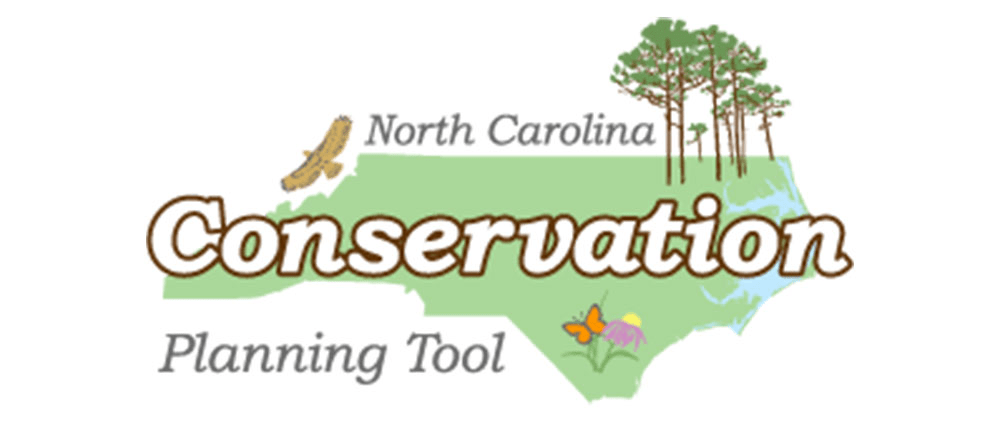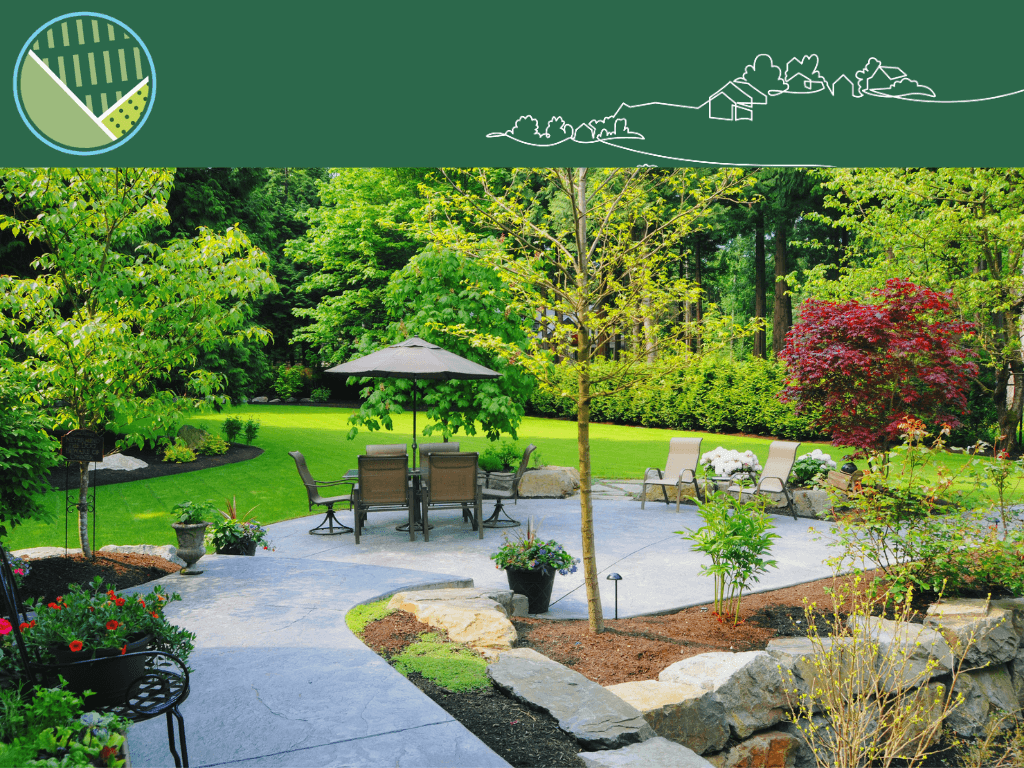When it comes to landscaping projects, homeowners often have specific concerns and questions unique to their region. From understanding the best plants for the local climate to navigating potential challenges, we’re here to provide answers and guidance.
In this blog post, we’ll address the top three questions frequently asked by our North Carolina customers about their landscaping projects. For more answers to common questions, visit our FAQ page.
What are the best plants for landscaping in North Carolina’s climate?
North Carolina’s climate varies across the state, ranging from the coastal plains to the mountainous regions. When selecting plants for your landscaping project, it’s important to consider the specific climate zone in which you reside. In general, North Carolina benefits from a mix of warm-season and cool-season plants.
For warm-season plants, which thrive in the hotter months, options like Bermuda grass, zoysia grass, and various types of succulents are suitable choices. These plants are known for their ability to withstand the heat and humidity prevalent in many parts of the state.
When it comes to cool-season plants, consider options such as fescue grass, pansies, and cool-season vegetables like kale and lettuce. These plants can handle the colder temperatures that North Carolina experiences during the winter months.
How can I create a drought-resistant landscape in North Carolina?
Water conservation is a crucial consideration in North Carolina, where periods of drought are not uncommon. To create a drought-resistant landscape, follow these key principles:
- Choose native and drought-tolerant plants: Native plants have adapted to the local climate and require less water. Consider incorporating options like Carolina jasmine, black-eyed Susans, or Eastern red cedars into your landscape design.
- Incorporate mulch and ground covers: Applying a layer of organic mulch around plants helps retain moisture in the soil and reduces evaporation. Ground covers, such as creeping thyme or sedum, can also provide shade and reduce water loss from the soil.
- Efficient irrigation systems: Install smart irrigation systems that use sensors and timers to optimize water usage. Drip irrigation is an excellent choice as it delivers water directly to the plant’s root zone, minimizing waste.
- Proper soil preparation: Ensure your soil is well-drained and enriched with organic matter. Amending the soil with compost improves its water-holding capacity, reducing the need for frequent watering.
What are the landscaping tips and challenges specific to North Carolina?
While North Carolina boasts beautiful landscapes, it also presents some unique challenges for landscaping projects. Here are a few common challenges:
- Clay soil: Much of North Carolina has clay-rich soil, which can be heavy and poorly drained. Proper soil amendment with organic matter is essential to improve drainage and provide a healthy growing environment for plants.
- Erosion control: With its varied topography, erosion can be a concern in many parts of the state. Incorporating retaining walls, terracing, or using erosion control plants like switchgrass or Eastern red cedar can help combat this issue.
- Pest management: North Carolina is home to a range of pests that can damage plants, including deer, rabbits, and insects like Japanese beetles. Implementing appropriate pest management strategies, such as fencing, repellents, or selecting plants resistant to local pests, can help mitigate these challenges.
How to address my specific landscape needs?
Addressing the specific needs of landscaping projects in your area requires careful consideration of the climate, plant selection, water conservation, and challenges unique to your region.
By understanding the best plants for the climate, creating drought-resistant landscapes, and overcoming common challenges, homeowners can achieve beautiful and sustainable outdoor spaces.
We have compiled a few resources that may also be helpful as you are navigating the upgrade of your outdoor living space and landscaping questions:

- Xeriscape North Carolina – One free downloadable landscape design publication. Landscaping (Publication AG-248) published by the North Carolina Agricultural Extension Service.
- Natural Resources Conservation Service – U.S. DEPARTMENT OF AGRICULTURE; website: Through a network of local field offices, USDA Natural Resources Conservation Service in North Carolina helps private landowners protect and enhance natural resources.
- North Carolina Conservation Planning Tool
- North Carolina Environmental Quality > Xeriscaping
For more questions about your landscaping in North Carolina, hardscaping, outdoor patios & kitchens, and the design and planning for these projects, please visit our FAQ page. Consult with a local landscaping professional to get personalized advice and guidance tailored to your specific needs for your next outdoor living space project. Of course, you can contact us by using the contact form on this page.
